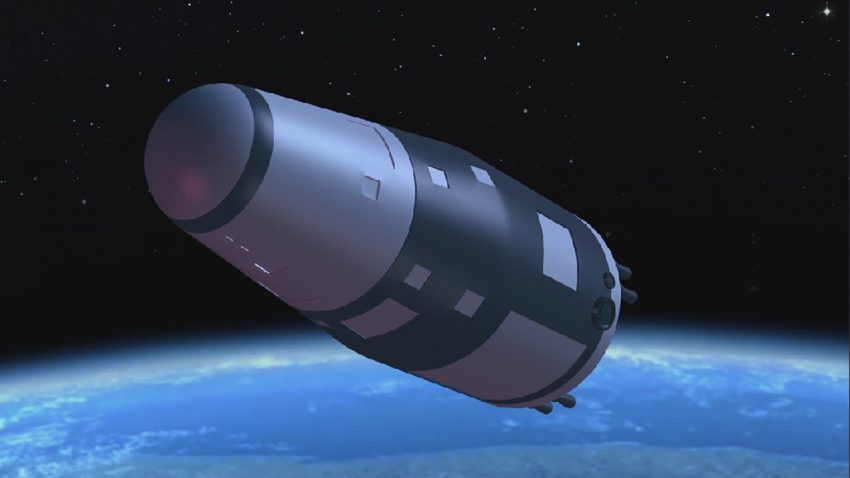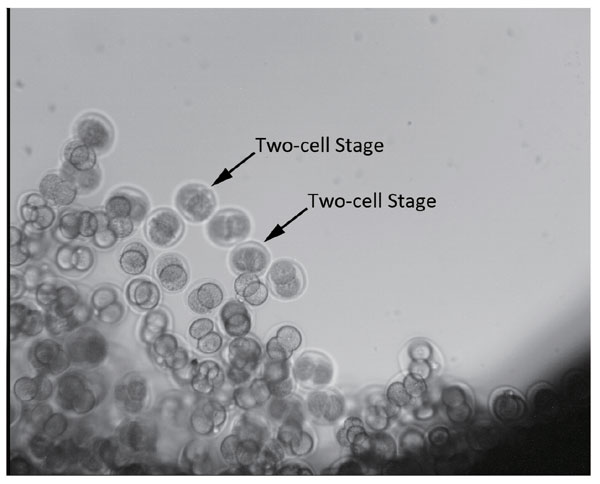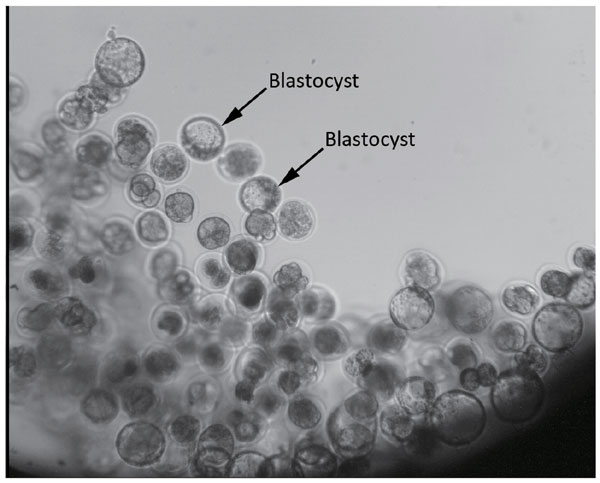Chinese biologists have proven that mammalian embryos can develop in zero gravity

Model of microgravity satellite Shijian-10
The China Daily publication reports on the success of Chinese biologists who for the first time (according to them) proved the possibility of the formation of mammalian embryos in weightless conditions. The experiment is conducted on the satellite Shijian-10, launched into orbit on April 6.
On the satellite, in a small (microwave-sized) chamber, there are about 6,000 embryos of mice, which were in the earliest, two-cell stage of development before launch. 96 hours after launch, after spending several days in zero gravity, the embryos reached the blastocyst stage (located between the stages of the morula and the germinal disc). Rodent blastocysts have a size of about 0.1 mm.

Two-cell stage, 4 hours before launch
')

Blastocyst, 80 hours after launch
While the returned capsule is in orbit, and in a few days it will have to land. Then scientists will have direct access to materials and will be able to study the process of embryo development in microgravity conditions and possible deviations from standard processes. Now a special high-resolution camera installed on the satellite, every few hours takes and sends images to Earth showing the experiment.
“The human race is still far from the colonization of space, and first we need to find out if we can not only survive, but also reproduce in space just as we do on Earth,” said Duan Enkui, professor at the Institute of Zoology Chinese Academy of Sciences. “We managed to prove that the most critical stage of embryo development is possible in space.”
In addition to studying the development of embryos, the SJ-10 satellite conducts another two dozen experiments in areas such as physics, materials science, and the effects of radiation and microgravity on various biological systems. The experiment is conducted in collaboration with the European Space Agency (ESA).
Source: https://habr.com/ru/post/393095/
All Articles